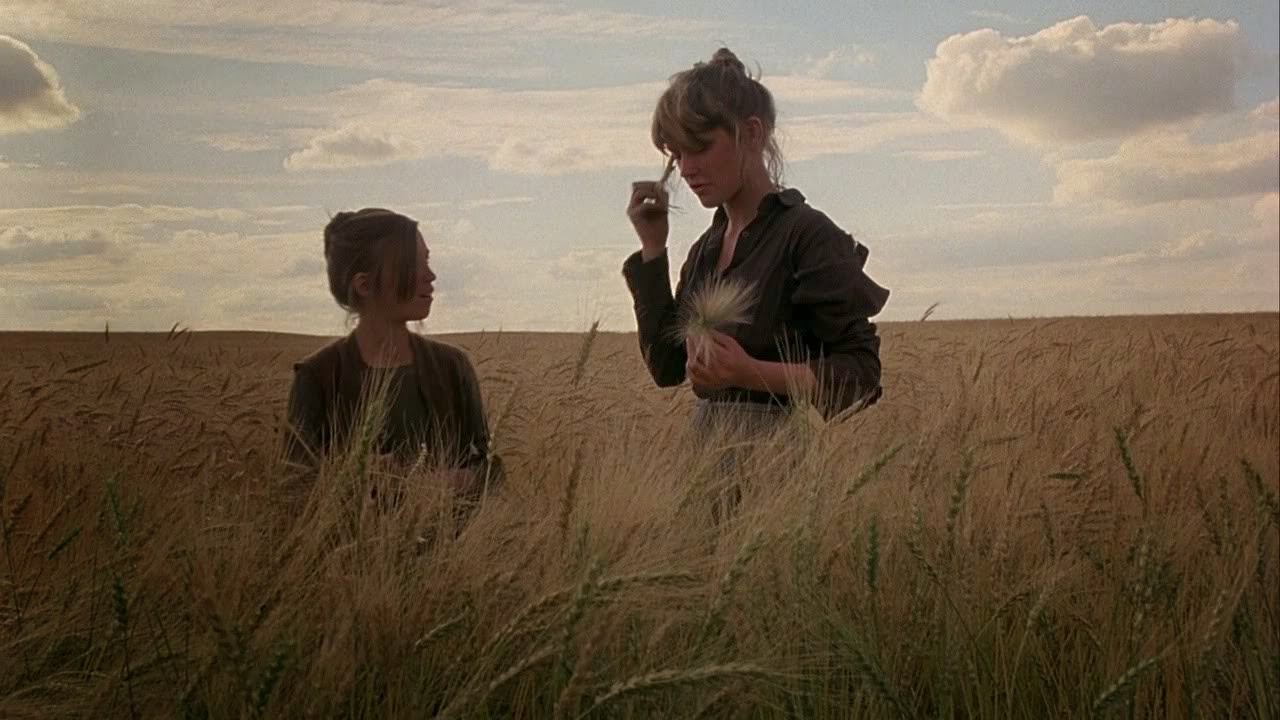 |
| A Streetcar Named Desire (Directed by Elia Kazan) |
In the following extract Kazan draws on his experience as a groundbreaking director in the mediums of film and theatre to contrast the art of writing for the theatre to the process of writing for the screen:
A director should know everything about playwriting and/or screenplay writing, even if he is unable to write, is incapable of producing anything worth putting before an audience. He must be able to see the merits but also anticipate the problems involved in producing a script. The director is responsible for the script. Its faults are his responsibility. There is no evading this. He is there to guide the playwright to correct whatever faults the script has. At the same time he must respect the merits of the playwright’s work during the tensions of production. He is responsible for the protection of the manuscript.
Note that the word is not ‘playwrite,’ it’s ‘playwright.’ A play for the theatre is made as much as it is written. A film is made, not written. They are both constructions. The construction tells the story more than the words.
 |
| On The Waterfront (Directed by Elia Kazan) |
A filmscript is more architecture than literature. This will get my friends who are writers mad, but it’s the truth: The director tells the movie story more than the man who writes the dialogue. The director is the final author, which is the reason so many writers now want to become directors. It’s all one piece. Many of the best films ever made can be seen without dialogue and be perfectly understood. The director tells the essential story with pictures. Dialogue, in most cases, is the gravy on the meat. It can be a tremendous ‘plus,’ but it rarely is. Acting, the art, helps; that too is the director’s work. He finds the experience within the actor that makes his or her face and body come alive and so creates the photographs he needs. Pictures, shots, angles, images, ‘cuts,’ poetic long shots – these are his vocabulary. Not talk. What speaks to the eye is the director’s vocabulary, his ‘tools,’ just as words are the author’s. Until Panic in the Streets, I’d directed actors moving in and out of dramatic arrangements just as I might have done on stage, with the camera photographing them mostly in medium shot. My stage experience, which I’d thought of as an asset, I now regarded as a handicap. I had to learn a new art.
 |
| Baby Doll (Directed by Elia Kazan) |
In the work of the best playwrights there is a mysterious, surprising quality. This play is unlike that of any other playwright. You may realize that the author is dealing with a strongly felt personal concern so important to him that it has been able to arouse the degree of energy necessary to produce a total manuscript. He has something to say; it is his message. The director of a screenplay has to appreciate what the writer is trying to say and stand up for it as surely as if he wrote the words himself. He is responsible for the writer’s theme and must ‘realize’ it, make it come to life for an audience. In film this consists of the choice and arrangement of images.
Most screenplays are adaptations of novels, stage plays, stories, news items, history. But the most interesting scripts verge on autobiography. The writer speaks to you, through the screen, using all the means of this form that are special to it, the succession of images as well as words. The best screen work has this element, even if the story appears to be objectively observed. The story is molded by the writer’s beliefs and feelings.
 |
| Splendor In The Grass (Directed by Elia Kazan) |
It is essential that the viewer be able to follow the flow of events. If you keep trying to figure out who is who and where it’s all happening and what is going on, you can’t emotionally respond to what’s being shown to you. But keep in mind that the greatest quality of a work of art may be its ability to surprise you, to make you wonder.
Another rule I have found useful is: Every time you make a cut, you improve a scene. Somerset Maugham, a wise old man, said that there are two important rules of playwriting. ‘One, stick to the subject. Two, cut wherever you can.’ Another wise man said: ‘If it occurs to you that something might be cut, it should be cut.’
Paul Osborn, an experienced and smart playwright and screenwriter, invited me to a screening of a movie made by the producer Sam Goldwyn. Sam asked Paul his opinion. ‘Needs cutting,’ said Paul. This made Sam frantic because he thought the same but didn’t know what to do about it. ‘But where?’ he asked. Paul answered, ‘Everywhere.’
movie_.jpg) |
| America, America (Directed by Elia Kazan) |
Stage operates through illusion. There’s nothing between the actor and the audience. Only he – without help – can project the idea to the audience. In movies, the camera helps out – moves the idea along. Sometimes it can talk, as it closes in or backs up, helps express emotion, what a character is thinking; or it can anticipate action. The more words, usually the lousier a movie script. Movies must be the real thing. Camera gives the plot an assist, helps the story get there.
– Extract from ‘The Pleasures of Directing’ in Elia Kazan: Kazan on Directing (Vintage Books, 2010)








.jpg)
.jpg)

















